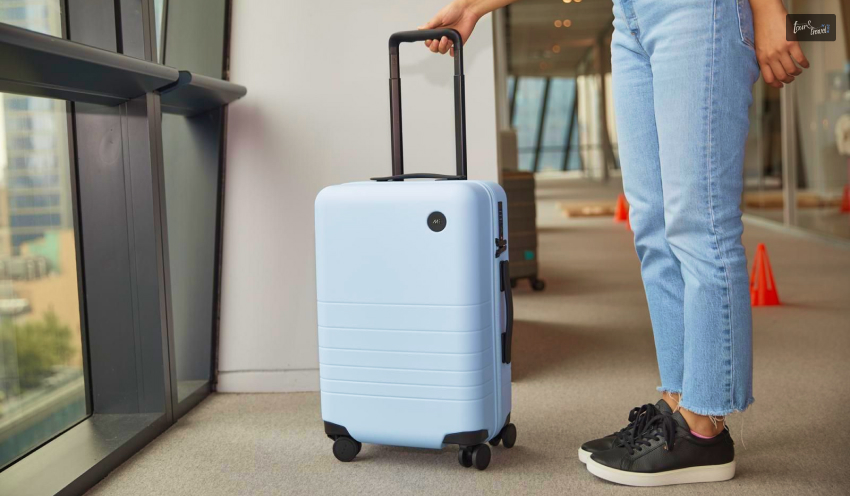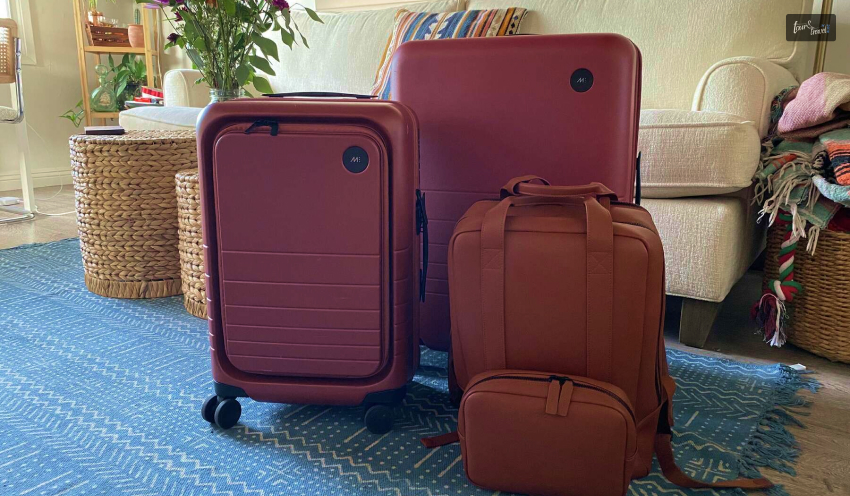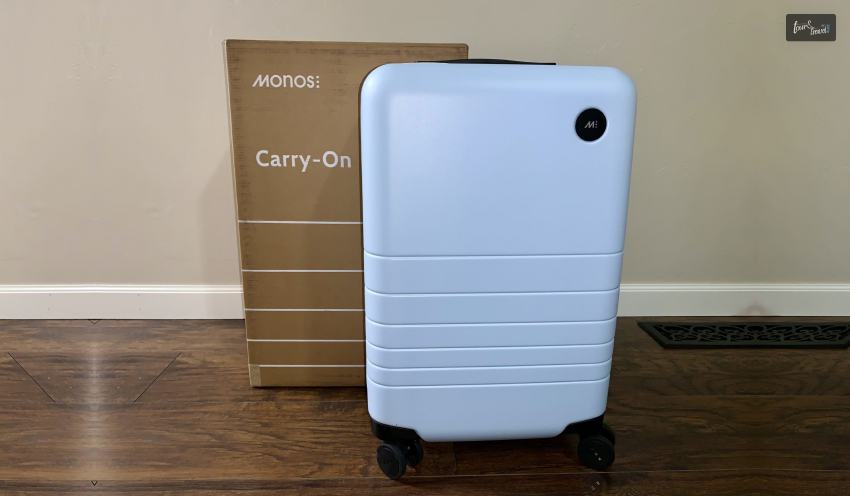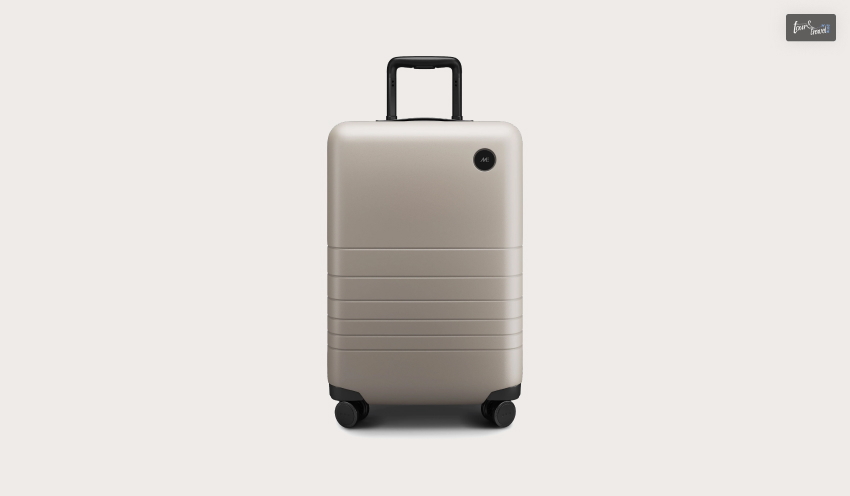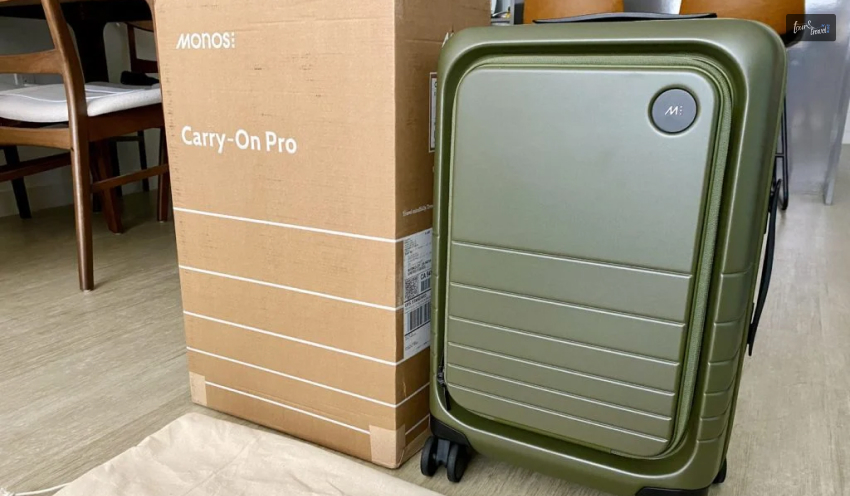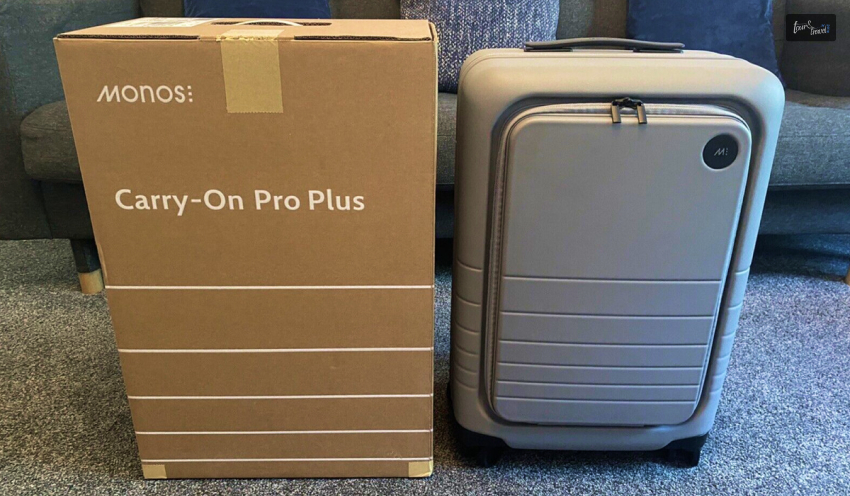Behind The Screen: The Pros And Cons Of Snaptravel According To My Experience!
BY Abdul Aziz Dec 7, 2023
SnapTravel is an online booking website (and app!) that combines the ease of use and cost-free nature of online booking platforms with the advantages of a travel agent. Like any other online booking website, SnapTravel is essentially an online travel agent that allows you to enter dates and a location to find hotel and flight deals. Sometimes SnapTravel offers amazing deals because, similar to a travel agency, it has access to airline and hotel discounts that it can pass along to you. You are not charged for using SnapTravel's services. Additionally, using SnapTravel's product doesn't require downloading any apps, in contrast to many others. Instead, just like with any other booking platform, you input information straight into their website. Using various messaging apps, you can choose to converse with a bot as well. I looked into booking hotels, flights, and customer service through SnapTravel. My experience is as follows. Overview To begin with, SnapTravel recently underwent a rebranding and is now known as Super. Booking hotels is now a part of their Superbrand. In this article, I'll continue to refer to it as SnapTravel because Super Travel hasn't quite taken off yet. Hussein Fazal and Henry Shi, two tech entrepreneurs, founded SnapTravel in Canada in 2016. SnapTravel is a legitimate business with investors such as Steph Curry (I doubt he spends hours searching the internet looking for deals on flights for under fifty dollars!). It searches for the greatest hotel and flight offers for clients by fusing cutting-edge chatbot technology with an online travel agency's business plan. SnapTravel doesn't charge users for these services; instead, it accepts commissions from bookings made by users. Furthermore, SnapTravel occasionally sends sponsored messages to its customers, which may be paid for by partners, though I haven't seen this in any of our chats. Naturally, SnapTravel highlights this as a benefit by offering recommendations to clients for places to visit or accommodations. SnapTravel Reviews: My Experience And User Opinion SuperTravel is the new name for "Snaptravel Hotels." They are only using Messenger to make hotel reservations. SnapTravel has since added a more recognizable method to display their deals. SnapTravel hotel deals can be found by scrolling to the bottom or using a search engine. But I was unable to begin looking right away. They wanted to make sure I wasn't a robot when I first hopped on to look for a hotel. Okay, all right, I get it. However, SnapTravel approached this peculiarly. I needed to have a code texted to my cell. They can now send marketing messages as a result, which was a bad experience for me. SnapTravel User Interface You don't use a search engine to find the best hotel deals when you use SnapTravel. Rather, you use their AI chat to speak with them after searching to see what options are available. I found Travel Lodge when looking for the greatest hotel deals in Mill Valley. This search's first screen displayed a $6 off discount in pink at the top of the image. When I searched for the savings for three nights, I discovered that it was $11. Snaptravel ultimately revealed to me that I had saved $17.85. In contrast, I saved almost $9.88 when comparing this offer with the hotel's website. This still represents a 3% savings, which is excellent! The savings might be negligible if you only stay with one hotel chain and take into account other reward programs. Nevertheless, these vacation offers validate SnapTravel! The SnapTravel website is undergoing maintenance as I write this in order to make the switch to their new name. When you visit Super's website, you may be wondering where the flight deals are. Up until recently, SnapTravel was the only place to see the flights. Things have changed once more in the brief period of time since I tested SnapTravel. You will now receive a notification when you click that link stating that they no longer have a third-party carrier associated with them and that the third-party carrier they formerly worked with has ceased operations. Previous Setup Experience In any case, I had a bad experience with their prior setup. My flight search left me feeling let down for a few different reasons. Firstly, their website loads incredibly slowly! The last time I tried to use it, the page took more than 30 seconds to load. Perhaps that is why their website is currently undergoing maintenance. And it doesn't end there. Actually, SnapTravel wasn't offering low prices—quite the contrary! I had to confirm that they were accurate by checking again. When I entered my ideal travel dates from Los Angeles to Omaha into SnapTravel, they displayed a $440 round-trip ticket. On Google Flights, the same route cost $237! Additionally, these flights took place a week and six months in advance. I would like to discuss these flight costs with the support staff. It appears that they only do that for their hotel packages right now. What To Expect From New Setup Everything will eventually fall under the "Super" umbrella. With any luck, all of this work will be worthwhile and their prices will drop. I would have preferred to find fewer negative reviews on SnapTravel, but I did find some. Nevertheless, SnapTravel has an A+ rating from Better Business Bureau reviews! Not all of it was awful. There were some useful flight features on SnapTravel, such as the option to search for multi-city flights. They must, however, improve in this area or stick to hotels because there are numerous SnapTravel substitutes. I want you to benefit from my SnapTravel shopping experience. The best hotel booking experience comes from finding a good deal on SnapTravel and then checking other websites. Verify that the availability and price correspond with what you are seeing on SnapTravel. SnapTravel offers some deals, but they usually go through the messenger. As I previously mentioned, SnapTravel uses AI to assist you in finding these offers. They will send you these deals if you quickly message them on Messenger with your travel dates and destination. You can check out after you locate the reservation you like. You can even add a purchase to SnapTravel's VIP program at this time. User Experience "The good thing is how much you get these credits. When using them for the next ones, this is the cheapest booking site out there. Used snaptravel for some 15 bookings now, I will keep using this as long as they give that USD30/10% credits after booking." - mod3mkorv "We used it a couple of times with no issues. Planning to use them again. A lot of these 1 star reviews on the sites sound like people who paid for a non refundable room and then got mad when they couldn’t get a refund lol seems legit enough to me. We always book our hotels in advance though so I can’t attest to any issues that could come from booking last minute with them. We even had to cancel a trip we booked with them and they refunded right away. Only commenting because of all the bad reviews I see." - jfritz7915 "I only used them a couple times but got a great price and didn't have any problems." - crackanape VIP Program Free Upgrades Expedited Customer Support Free Booking Modifications 24/7 Concierge Service All of this is yours for just $30 for the first six months, with additional monthly payments of $5 after that! Wrapping Up SnapTravel can help you find amazing hotel deals and has its uses. Having said that, there are some disadvantages. Super, once they fix their SnapTravel flight deal page, is going to be a valuable addition to my collection of the best travel deal websites for trip planning. It's a simple feature that can save you a lot of money to use their messenger to find the best hotel deals! SnapTravel's hotel deals are what really set it apart. Amazing savings can be achieved when using their SuperCash card to book hotels through SnapTravel. It's something that ought to be considered by all when making travel plans. Hotels.com is my preferred SnapTravel substitute. This is mostly because of their excellent hotel rewards program. You'll frequently receive a fantastic deal along with a one-night stamp. You can get a free night's stay worth up to the average of the ten hotels when you collect ten stamps! Read Also: This Is My Experience With Play Airlines! Here’s What I Found Out About Aha Airlines! Condor Airlines: Is Booking Tickets On Condor Worth It? Journey To The Skies: Exploring The Legacy Of Northwest Airlines!

